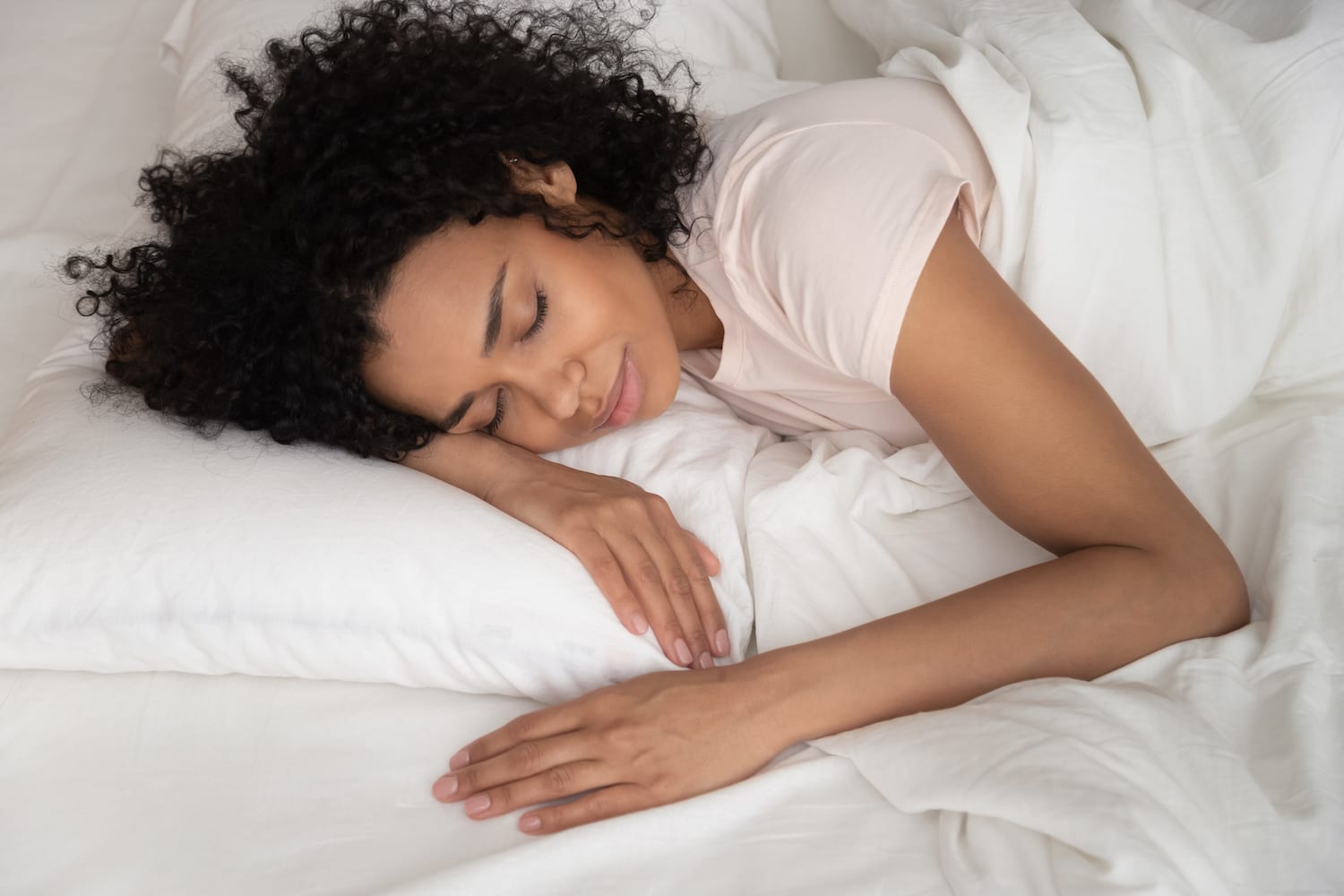
Highlights §
- Hypnagogic hallucinations, also sometimes referred to as waking dreams, are a type of hallucination that occurs as a person is drifting off to sleep. In general, hallucinations involve seeing, hearing, feeling, or smelling something that is not actually present. Hypnagogic hallucinations primarily involve seeing things that are not there. (View Highlight)
- Although experiencing a hallucination might prompt confusion or fear , hypnagogic hallucinations are relatively common. Hypnagogic hallucinations are a common symptom of narcolepsy , but can also occur in people who do not have narcolepsy. In fact, one study found that 37% of people report experiencing hallucinations as they fall asleep. (View Highlight)
- Hypnagogic hallucinations are hallucinations that happen during hypnagogia, or the transition period between wakefulness and sleep. Generally, these hallucinations are short-lasting. A reported 86% of these hallucinations are visual in nature . People commonly see moving patterns and shapes, or vivid images of faces, animals, or scenes. Between 8% and 34% of hypnagogic hallucinations involve hearing sounds, such as voices or music. In 25% to 44% of cases, a person experiencing a hypnagogic hallucination feels a physical sensation, like falling or weightlessness. (View Highlight)
- People experiencing hypnagogic hallucinations for the first time may feel confused about what they are perceiving. Thankfully, hypnagogic hallucinations are not usually cause for concern. Hallucinations during hypnagogia differ from hallucinations associated with mental health disorders, such as schizophrenia. They also differ from nightmares, though they may be more likely to occur in people with certain sleep problems. (View Highlight)
- Although hypnagogic hallucinations share some similarities with the hallucinations that people with schizophrenia may experience, there are some key distinguishing characteristics. Hypnagogic hallucinations are far more likely to be visual, while schizophrenic hallucinations are predominantly auditory . When people have hypnagogic hallucinations, they generally recognize them as hallucinations rather than perceiving them as real. People are much more likely to forget about their hypnagogic hallucinations, while people with schizophrenia may retain memories of hallucinations for extended periods of time. Hypnagogic hallucinations usually do not have a major impact on a person’s life. (View Highlight)
- Although less common, hallucinations sometimes occur in people experiencing other mental health disorders. For example, a minority of people experiencing severe depression, bipolar disorder, postpartum psychosis, post-traumatic stress disorder (PTSD), or borderline personality disorder have hallucinations. Those living with these mental illnesses experience other symptoms in addition to hallucinations. (View Highlight)
- Hypnagogic hallucinations differ from nightmares, although the two share some similarities. Both hypnagogic hallucinations and hypnopompic hallucinations occur during the hypnagogia stage of sleep, while nightmares generally occur later in the sleep cycle when a person is fully asleep. Generally, vivid dreams, such as nightmares, occur most commonly during the rapid eye movement (REM) stage of sleep. (View Highlight)
- Nightmares are defined as frightening dreams. Although hypnagogic hallucinations can occasionally be frightening, they are not particularly associated with fear. In adults, frequent nightmares are associated with PTSD and other psychiatric conditions, while people with certain sleep disorders may be at a heightened risk for hypnagogic hallucinations. (View Highlight)
- Although hypnagogic hallucinations and sleep paralysis are two separate phenomena, they can occur simultaneously and may feel like a nightmare. When sleep paralysis occurs, a person feels awake but unable to move their body , and often occurs during the transition from REM sleep to wakefulness. During sleep paralysis, a person often hallucinates sounds or sensations, such as that of a person in the room or even on their chest. If sleep paralysis and such hallucinations occur as a person is falling asleep, they are considered hypnagogic hallucinations. (View Highlight)
- Visual hypnagogic hallucinations often involve moving shapes, colors, and images. For example, a hypnagogic hallucination might be similar to looking into a kaleidoscope. These images generally stand alone or can move, but they do not involve a story or interaction, like dreams often do. (View Highlight)
- Auditory hypnagogic hallucinations generally involve background sounds. For example, common auditory hallucinations include sounds of a phone, the ringing of a doorbell, people’s voices talking, or animal noises. These sounds are not usually associated with a story like they would be in a dream. (View Highlight)
- Sensory or tactile hypnagogic hallucinations refer to when a person feels bodily sensations that are not actually occurring, like the feeling of falling or weightlessness. Sometimes people sense that another person is in the room, even when no one is present. This sensory hallucination is commonly associated with sleep paralysis, which can co-occur with hypnagogic hallucinations. (View Highlight)
